The following is an excerpt from my newest book, Inclusive Leadership for Dummies being released on May 7, 2024. Pre-order today from Amazon.
Have you ever felt reluctant to engage with individuals who look, think, believe, or work differently than you because you were afraid you might say the wrong thing? Reflect on how this hesitation could influence your relationship with that individual. Demonstrating inclusive communication requires a continuous commitment to educating oneself about the potential effects of our own words on individuals from marginalized social backgrounds.
If we’re honest, we can all admit that we’ve said things that we thought were acceptable but later found out that what was said was perceived as offensive, minimizing, and perhaps even illegal. In other words, we have all been guilty of inadvertently using non-inclusive language without realizing its exclusionary impact. Yes, even well-intentioned folk make these kinds of blunders, not to be malicious, but because we are human. Communicating more inclusively is a journey and each of us are at different mile markers on this journey. While I’ve been in Human Resources (HR) and in the inclusion space for more than three decades, I am still learning and evolving in my language and choice of words because I still have biases — as we all do.
Here are a few examples of my blunders. I was speaking to a large group of leaders and consistently used the term, “you guys.” Yes, there were women in the group and I’m now sure it made some feel excluded. In another instance, I was working with a corporation who was focused on being more inclusive of their workers preferred pronouns, so using non-inclusive words such as “mankind,” “manning the booth,” “chairman,” “fireman,” or “policeman” might have been considered insensitive, so when I led a workshop for their staff, I proceeded with a heightened sense of caution realizing that certain expressions that are deeply rooted in societal norms may unintentionally marginalize specific groups. For example, using terms such as “mankind” to refer to humanity may inadvertently exhibit a bias towards men. Similarly, addressing groups with phrases such as “you guys,” and “ladies and gentlemen” can be perceived as exclusionary to those beyond cisgender identities.
To cultivate effective and inclusive communication, our language must be attuned to diverse audiences, reflecting respect for all individuals. The use of intersectional and inclusive language becomes paramount in acknowledging differences and advocating for equal opportunities.
In group settings, I use terms like “colleagues,” “friends,” “team,” “everyone,” or “folks” because they tend to linguistically be more inclusive. The same diligence should extend to references about colleagues’ loved ones, avoiding gendered terms that could be presumptive.
In referring to people with disabilities, avoiding labels such as “handicapped,” and “crippled.” Consider language such as “suffering from bipolar disorder” or “on the autism spectrum” versus calling people “bipolar” or “autistic,” as this separates the person from the condition. Other examples include describing someone as “a person with loss of vision or a visual impairment”, instead of “blind,” or communicating that a person “uses a wheelchair” instead of describing them as “wheelchair-bound.”
Instead of labeling someone as being from the “inner city” or “homeless,” opt for terms like “under-resourced” or “a person experiencing homelessness.” Why? Because when discussing individuals from varied socioeconomic backgrounds, the use of inclusive language guarantees that due respect and dignity are granted to them, irrespective of their upbringing or current residence. Furthermore, our choice of words can inadvertently reinforce socioeconomic disparities, prompting the need for careful consideration in professional communication.
I realize that it can be daunting to try to get it right every time, and the reality is we won’t. When these blunders happen, I view them as teachable moments and lessons learned for future interactions. It’s crucial to be open, flexible, and adaptable without being judgmental and thinking that “people just need to get over it.” As inclusive leaders, we have to understand that what might be socially appropriate for one may not necessarily be appropriate for others. And what might work in a personal setting may not work in a professional environment.
Pre-order your copy today from Amazon. And if you found this excerpt informative and useful, please leave me a review on Amazon. Thank you.

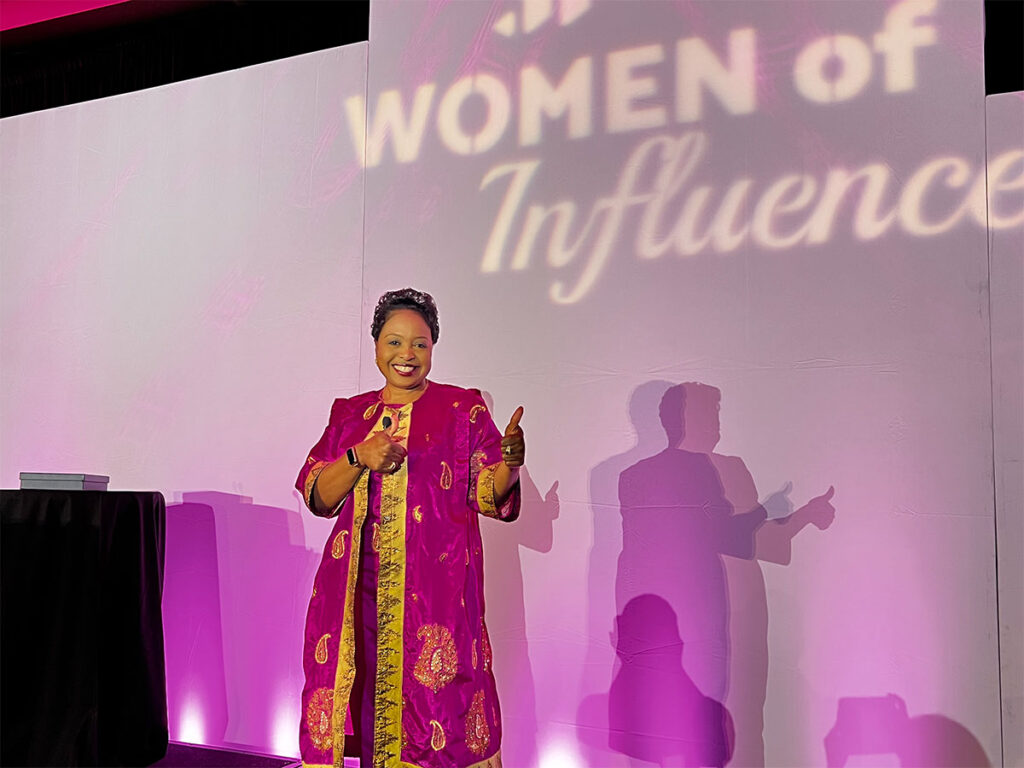

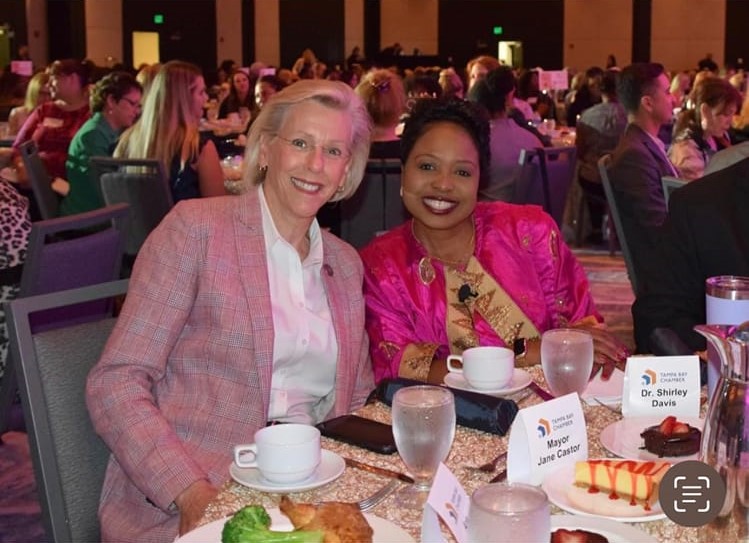




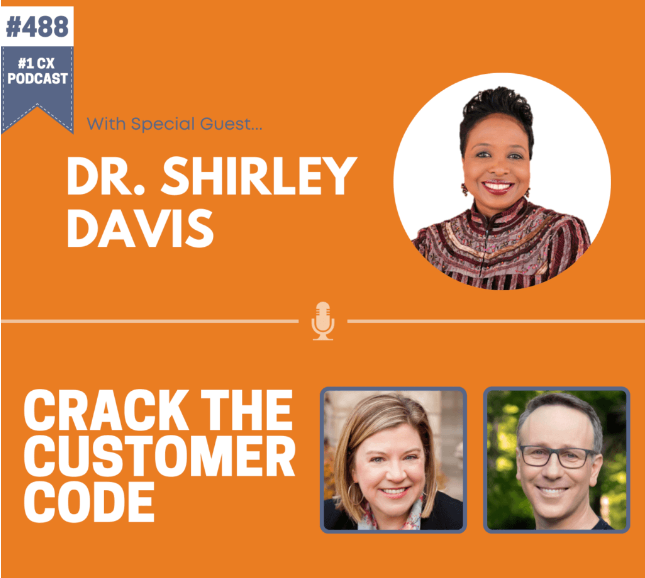
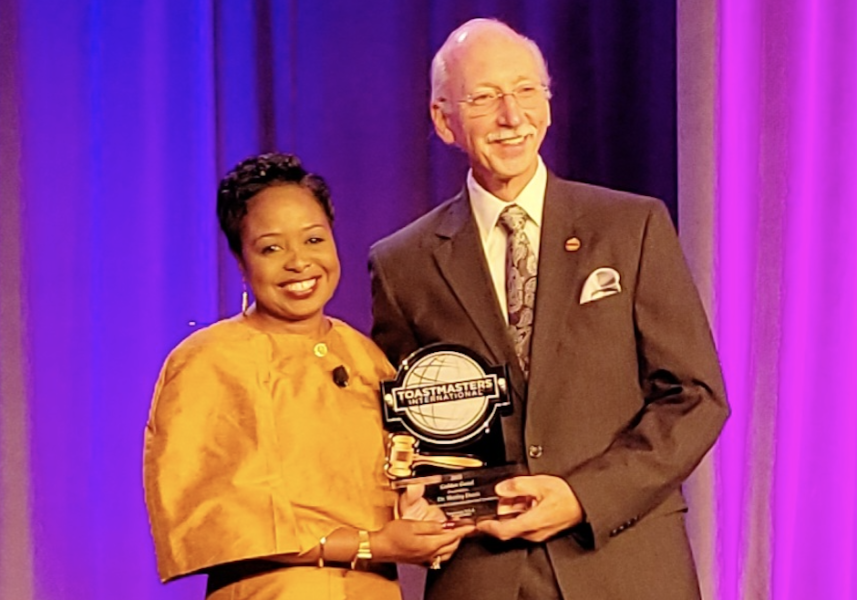











 Andrew Lisa
Andrew Lisa![[Source photos: Rebecca Diack/Pexels; fauxels/Pexels]](http://drshirleydavis.com/wp-content/uploads/sites/4/p-1-how-to-realize-the-benefits-of-inclusive-leadership-300x169.jpg)
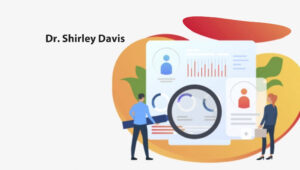


 The workforce has become more global, diverse, multicultural, multigenerational, virtual and hyperconnected. As a result, work gets done differently. Also, there is no question that numerous demographic shifts that have occurred over the past decade have disrupted many of our long-standing human resources policies and strategies.
The workforce has become more global, diverse, multicultural, multigenerational, virtual and hyperconnected. As a result, work gets done differently. Also, there is no question that numerous demographic shifts that have occurred over the past decade have disrupted many of our long-standing human resources policies and strategies.









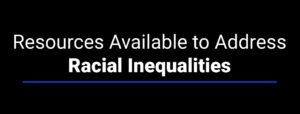




 Adopting a goal to achieve board diversity is one thing. Taking action to achieve that goal is quite another.
Adopting a goal to achieve board diversity is one thing. Taking action to achieve that goal is quite another. Small in stature, but big on impact, Dr. Shirley Davis,
Small in stature, but big on impact, Dr. Shirley Davis,